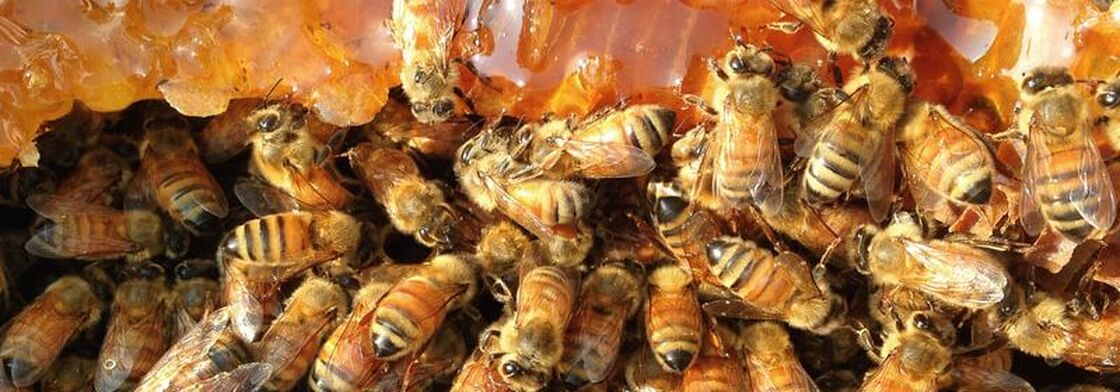My Research
|
My research integrates across scales, from physiology to landscapes, to understand honey bee nutritional ecology. It is highly interdisciplinary, leveraging techniques from landscape ecology, behavioral ecology, physiology, molecular biology, and applied statistics to address questions about pollinator nutrition.
My research addresses fundamental questions in organismal biology, provide a novel framework to quantify and predict the impacts of global change factors, and provides information to support decision making by beekeepers, conservationists, and policymakers. |
A thing is right when it tends to preserve the integrity, stability and beauty of the biotic community. It is wrong when it tends otherwise.” |
My TeachingI have a learner-centered teaching style, based in data-driven best practices from the pedagogical literature. As a higher education instructor, I aim to develop the citizens and scientists of the future. To facilitate student development, I utilize practical skills-focused backwards design, evidence-based teaching methods, and take steps to remove barriers to success in STEM.
|
Science Communication
|
DATA NUGGET / 2022 (coming soon!)
STEM curriculum development for K-12 instructors TWO BEES IN A PODCAST / 2023 (coming soon!)
Expected release: February 2023 AMERICAN BEE JOURNAL - NOTES FROM THE LAB / 2022
Article feature by Scott McArt MICHIGAN STATE UNIVERSITY - ENTOMOLOGY DEPT/ 2019
Featured Entomology Graduate Student BUZZFEED / 2019
What kind of bee are you? |
|
GREAT LAKES GREAT BEES/ APRIL 15, 2018
Honey Bees Swarming in Mid Spring |
|
GREAT LAKES GREAT BEES / APRIL 30, 2018
Spotted knapweed: balancing ecological conservation with economic investment |
|
USDA-FAS WEBINAR / 2017
Farm landscapes, CRP, and honey bee health in the Great Lakes region. Quinlan G., Milbrath M., Isaacs R., USDA-FSA, Washington, DC. |


